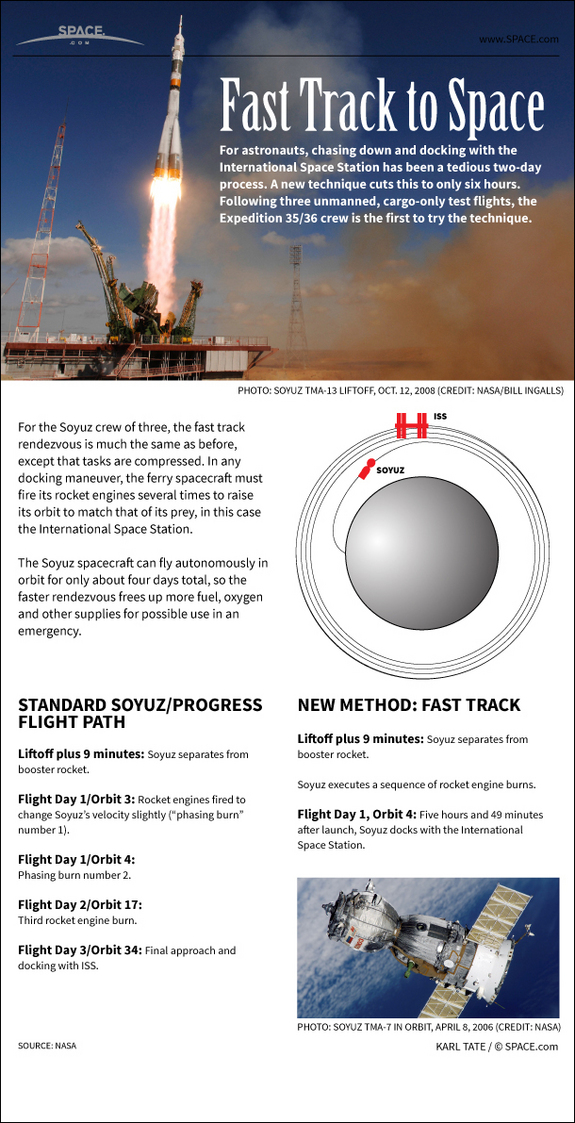TED (Technology, Education, Design) is a nonprofit dedicated to spreading ideas. TED is known for attracting amazing speakers to deliver short but impactful speeches on various subjects. There have been a few great ones regarding science - check them out below! They will motivate you to be the best that you can, in 5 - 15 minutes!
Almost all new phones have touch screens instead of physical buttons - the following talk by Katherine Kuchenbecker of the University of Pennsylvania (UPenn) covers the technology behind these screens, and how it can be driven forward.
This next talk by Freeman Hrabowski covers his success with a diverse STEM program a President of the University of Maryland, Baltimore County (UMBC).
The final TED talk is by Elon Musk, who is one of the most fascinating innovators around. He developed the SpaceX Dragon spacecraft that's currently running resupply trips to the International Space Station (ISS). While he's bored with that, he's doing small things like founding PayPal or designing fully electric performance cars under his Tesla Motors company. Whew!







